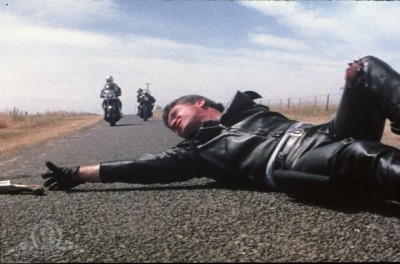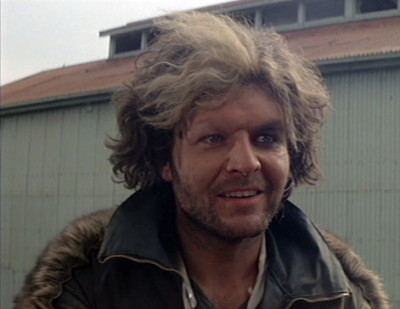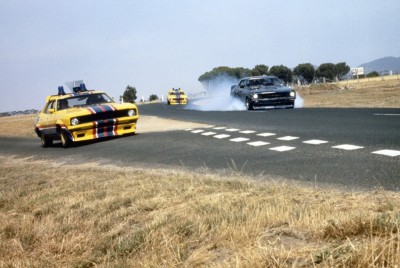The NBC TV series Hannibal is a show that shouldn’t work. It’s a show that’s based on a book series that inspired a mega-popular set of films. And the title character of Hannibal as portrayed by Anthony Hopkins in these films is cemented in popular culture with spine-tingling lines like, “I ate his liver with some fava beans,” that still resonates today. And the fact that Hopkins won an Oscar for his portrayal of Hannibal doesn’t hurt either.
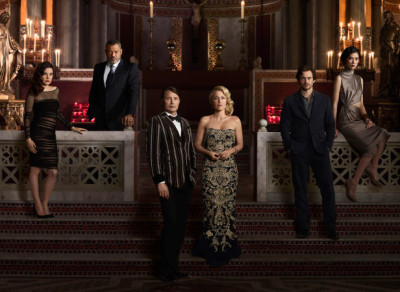 So anything like a TV show that has a central premise of doing a revision on Hannibal Lector’s backstory as well as having a different actor in the title role should have crashed and burned in an episode or two.
So anything like a TV show that has a central premise of doing a revision on Hannibal Lector’s backstory as well as having a different actor in the title role should have crashed and burned in an episode or two.
Yet Brian Fuller’s version of Hannibal is so much different than anything that’s come before and is so well written and acted instead of being terrible is one of the best things on TV today.
While there seems to be a lot of material produced on the character of Hannibal Lector, before the TV series there really wasn’t. There were really only four novels that featured the character; Red Dragon (1981), The Silence of the Lambs (1988), Hannibal (1999) and Hannibal Rising (2006), all of which were turned into movies at various points.
And the stories these books tell starts with the Hannibal character caught and already in prison in Red Dragon, his escape in The Silence of the Lambs, on the run in Hannibal and then Hannibal Rising went back in time to a much younger Hannibal and revealed how he got the taste for human flesh.
But other than some flashbacks none of these Hannibal stories dealt with just what Hannibal was doing at his medical practice before he was caught for his crimes and sent to prison. Enter the Hannibal TV show.
Know this: the Hannibal show IS NOT a TV version of the 2001 Hannibal movie. The TV series follows a pre-jail Hannibal where he’s a trusted asset to the FBI in hunting serial killers.
“You’re not my friend. Even the light from friendship won’t reach us for a million years.” Will Graham on Hannibal Lecter
In the first season Hannibal (Mads Mikkelsen) and FBI profiler Will Graham (Hugh Dancy) along with special agent Jack Crawford (Laurence Fishburne) together track serial killers across the US. And with Hannibal’s inside information of being a serial killer but no one knowing this yet and Graham’s weird ability to almost literally enter the minds of the killers the team are very successful at what they do.
But no one suspects that in reality Hannibal is one of the worst serial killers on record, the Chesapeake Ripper. And that slowly Hannibal is setting up Graham to take the fall for his killings.
“I wanted to surprise you. I knew you wanted to surprise me.” Hannibal Lector
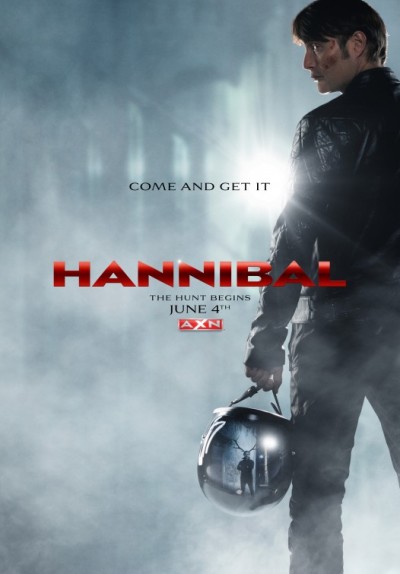 The second season of Hannibal dealt with Graham in prison trying to prove his innocence, which is tougher that you’d expect with someone as detail oriented as Hannibal who’d spent months setting Graham up, and then he and Crawford trying to entrap Hannibal and jail him for the killings.
The second season of Hannibal dealt with Graham in prison trying to prove his innocence, which is tougher that you’d expect with someone as detail oriented as Hannibal who’d spent months setting Graham up, and then he and Crawford trying to entrap Hannibal and jail him for the killings.
Think Sherlock vs Moriarty, except that if Sherlock loses Moriarty eats Sherlock and you’re close to what the second season of Hannibal is.
Where Hannibal is different than every other serial killer drama that’s on TV today, and boy are there loads of bad ones, is that Hannibal goes places none of those other shows dare to tread. Be it with characters questioning the very nature of reality to gorgeous yet disgusting set design to the idea of what exactly is good and evil.
Lesser series rely on cliched plots where the good guys always gets the bad guys. Hannibal instead relies on clever storytelling and plot twists.
“When it comes to nature versus nurture, I choose neither.” Hannibal Lecter
The third season of Hannibal is set to premier Thursday, June 4 on NBC and deals with Hannibal on the run as well as elements from the Red Dragon story. But whatever the third season of Hannibal has in store I can only imagine that it’ll be fascinating and cringe worthy and as exciting as the previous two seasons have been.



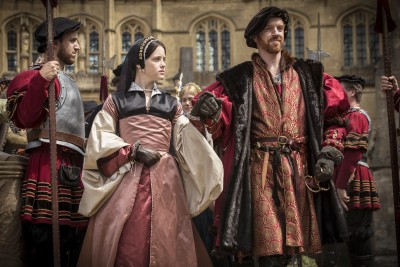 I’ve been watching the TV series (mini-series?) Wolf Hall on PBS lately. I like it but I feel like I’m missing some of the story intracacies since I’m weak on my 16th century British history. I feel like if I’d grown up in the UK then I’d know my Cromwell’s from my Boleyn’s from my Seymour’s. As it is I’m aware of who these people are but honestly have no real idea of how they fit with each other in a historical context.
I’ve been watching the TV series (mini-series?) Wolf Hall on PBS lately. I like it but I feel like I’m missing some of the story intracacies since I’m weak on my 16th century British history. I feel like if I’d grown up in the UK then I’d know my Cromwell’s from my Boleyn’s from my Seymour’s. As it is I’m aware of who these people are but honestly have no real idea of how they fit with each other in a historical context.
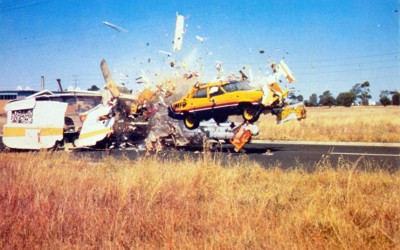 It wasn’t until Mad Max was finally released on DVD in its unedited and undubbed form that I began to see the strengths that movie had and slowly began to consider it the best Max movie of the bunch.
It wasn’t until Mad Max was finally released on DVD in its unedited and undubbed form that I began to see the strengths that movie had and slowly began to consider it the best Max movie of the bunch.